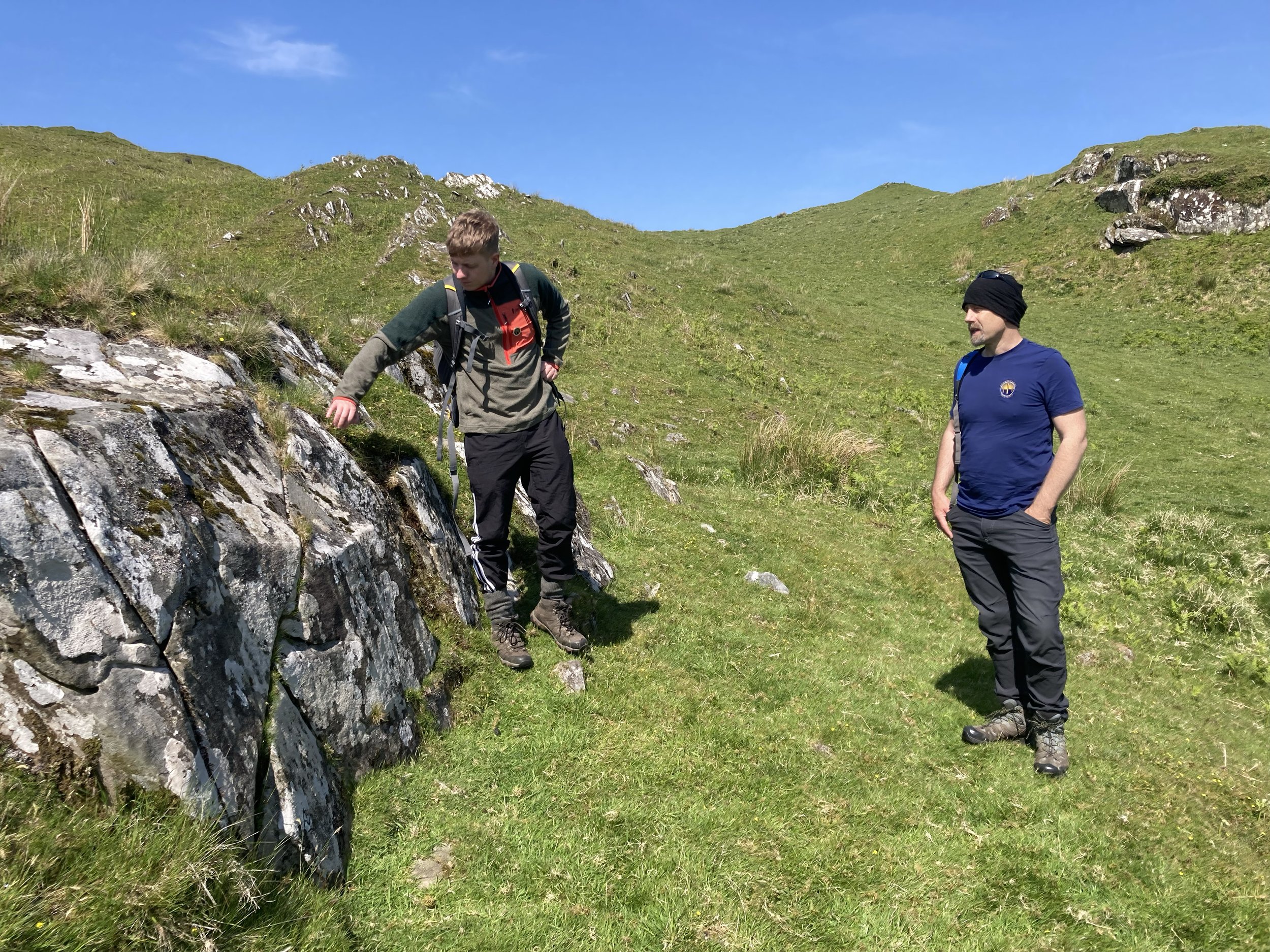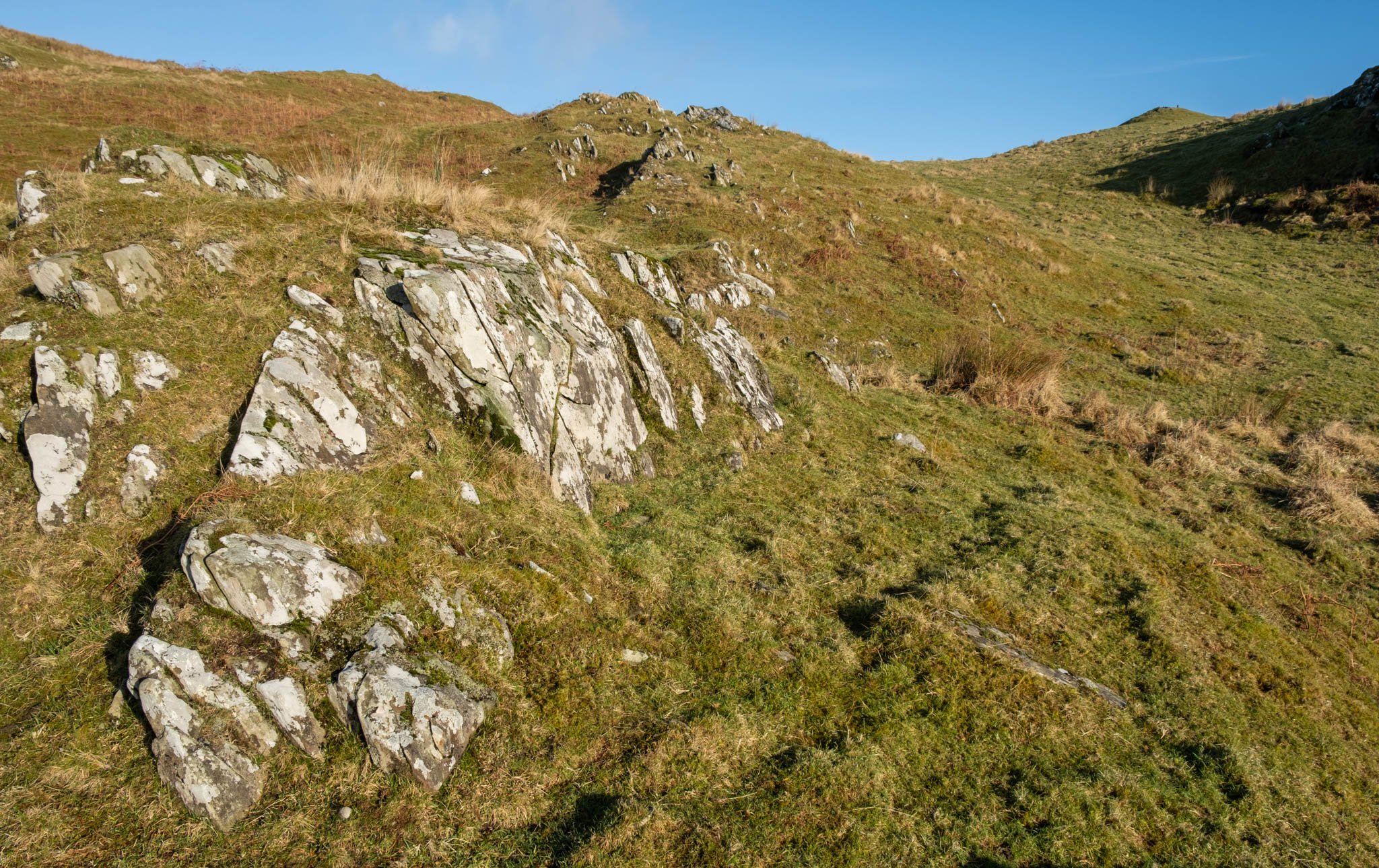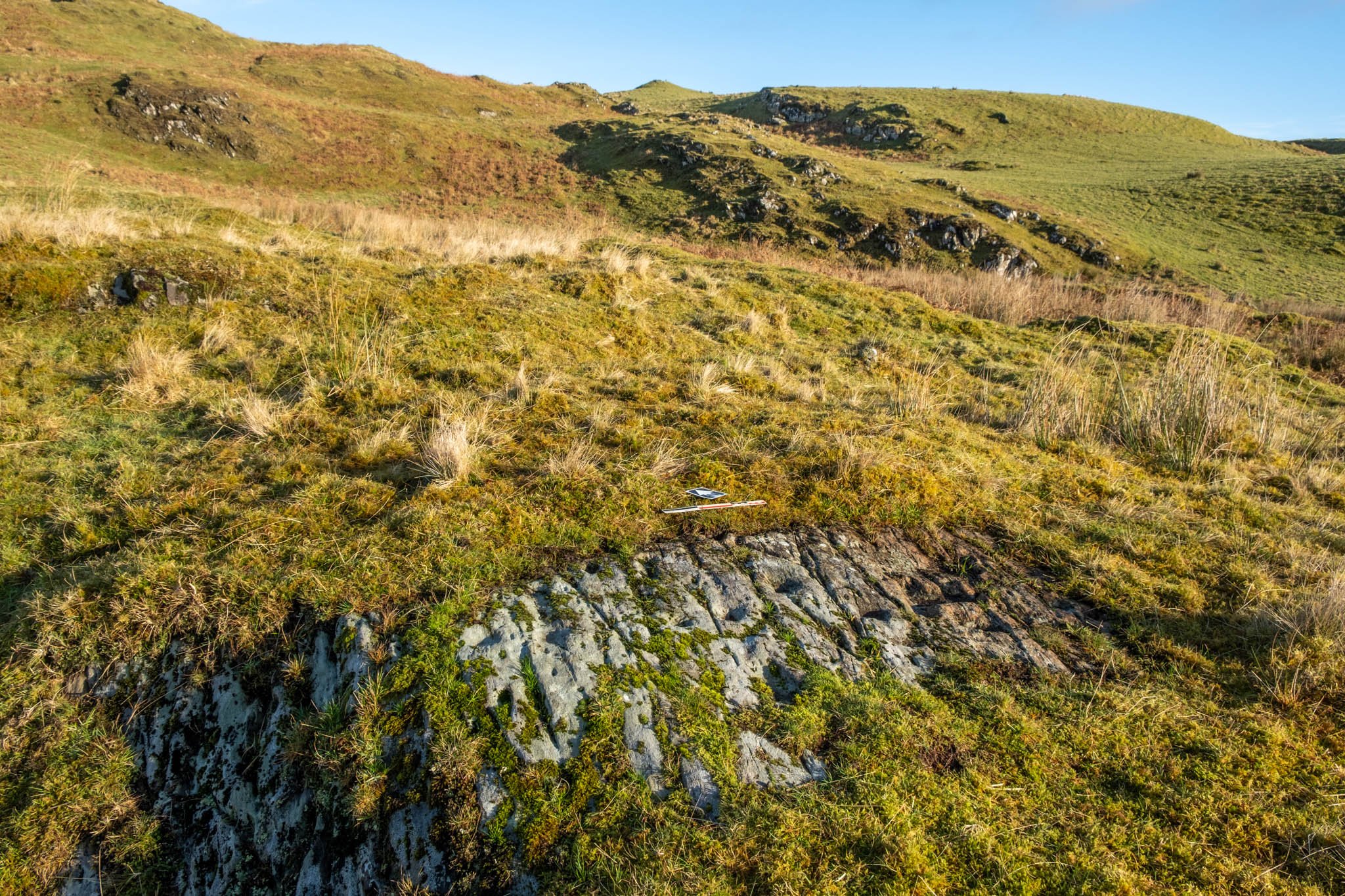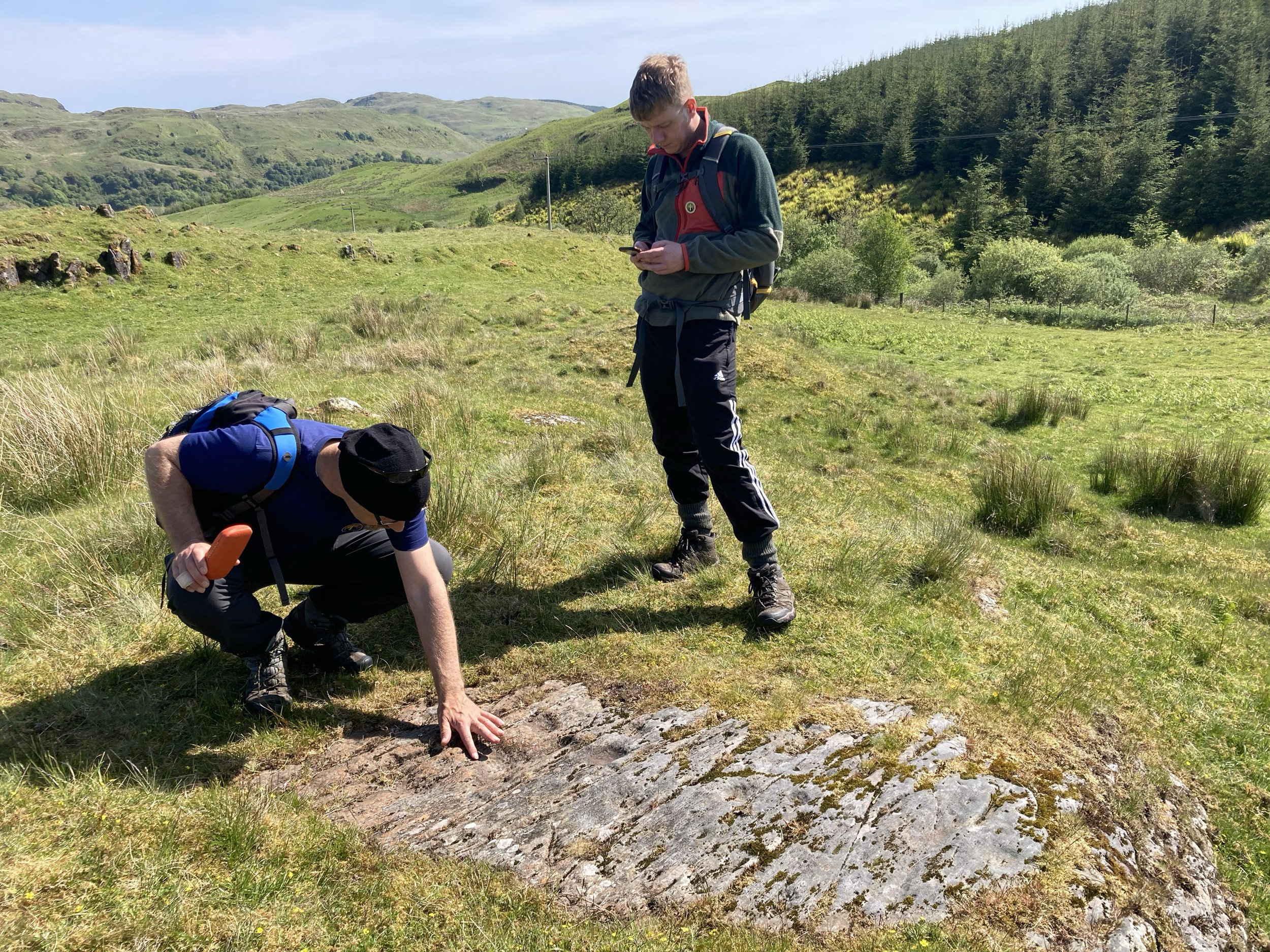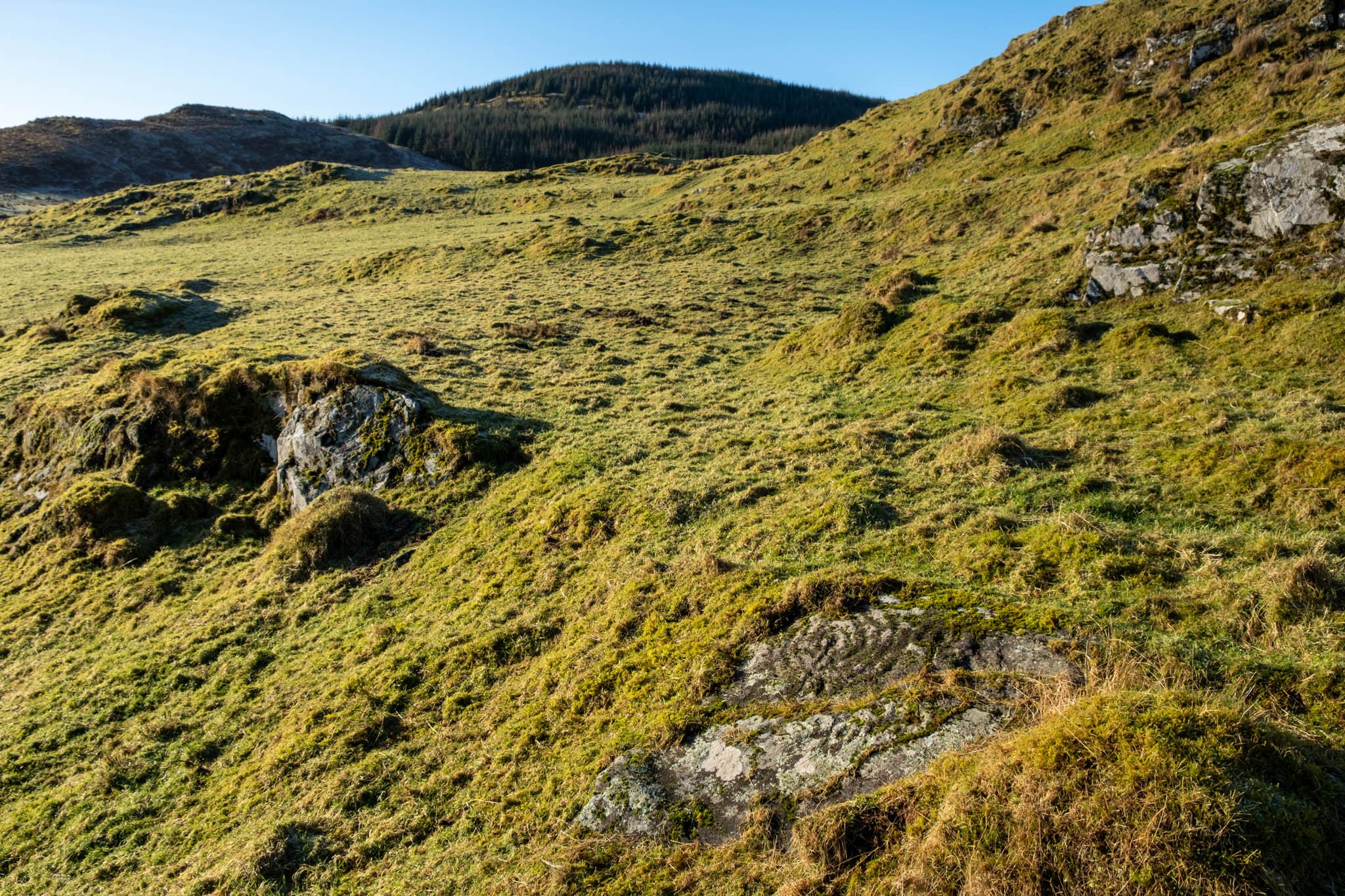Carnasserie Rock Art Excavations 2023
Aims and Approach
The questions we would like to explore during our 2023 excavations include:
Is there a relationship between these carved rocks and the wider landscape, including views, water, and natural features?
Do the carvings interact with the geological features on the rocks, including cracks and fissures?
Is it possible to date these rock art sites' creation or use?
What is the relationship between the rock art found on bedrock outcrops and that which was built into the fabric of monuments such as standing stones and cists?
Were carved panels made in one visit, or did they accumulate over time?
Can we detect evidence of any activities which took place upon the rocks, or around their margins?
What was the environment like when rock art was made?
What was it like to make rock art? What experiences were involved?
Is there a connection between these carved rocks and the sun?
The project will investigate three carved outcrops through a combination of survey, excavation and various kinds of recording. Our aims are to:
Record evidence for any features, deposits or artefacts associated with the carvings. Alongside hammerstones and quartz debris, previous projects in the area have found fragments of flint and Arran pitchstone, as well as evidence of later activities, environmental evidence and dateable materials
Reveal the extent of the carvings. This will allow us to add to the existing records for these sites through survey, photography and photogrammetry (three-dimensional digital recording)
Once we’ve finished, the trenches will be backfilled.

